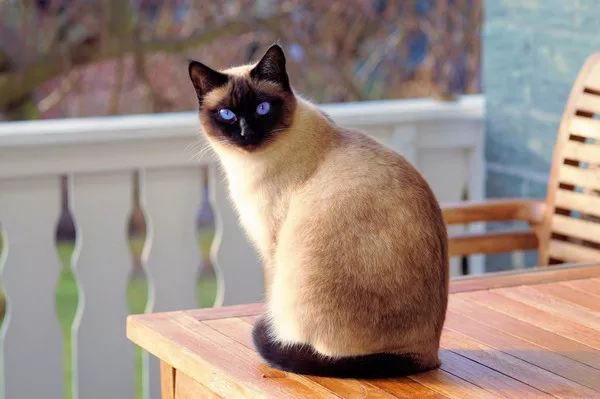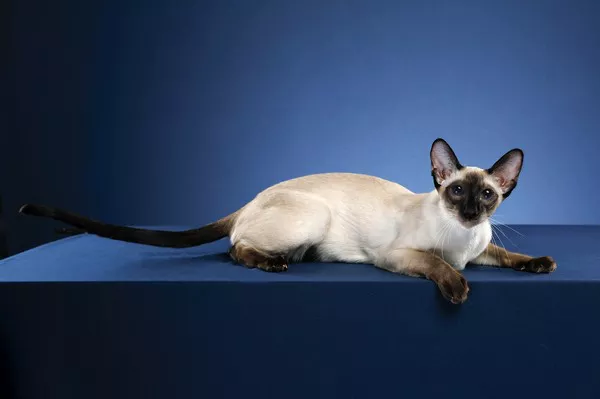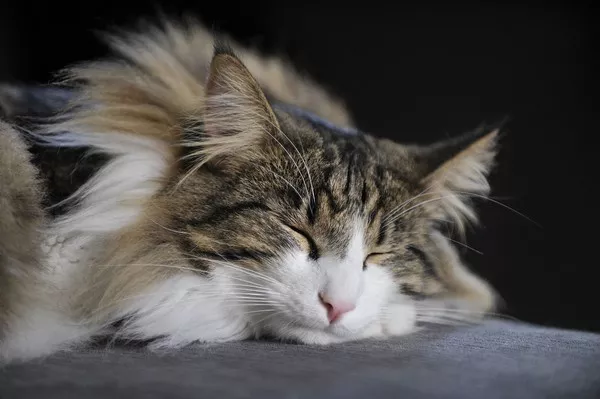The Burmese cat, with its captivating golden eyes and sleek coat, has long been a favorite among cat enthusiasts. Originating from Burma, now Myanmar, this breed has a rich history intertwined with legends and mystery. However, one question that often arises among feline aficionados is: What exactly is a Burmese cat a mix of? In this article, we delve deep into the genetic makeup of the Burmese cat, exploring its origins and the potential breeds that contributed to its unique characteristics.
The Burmese Cat: A Brief Overview
Before we embark on our exploration of the Burmese cat’s genetic composition, let us first understand the breed itself. The Burmese cat is known for its distinct features, including a short, silky coat, muscular build, and strikingly expressive eyes. These cats are renowned for their affectionate nature and playful demeanor, making them popular companions in households around the world.
Unraveling the Genetic Makeup
To comprehend what the Burmese cat is a mix of, we must delve into its genetic history. Like many breeds, the exact origins of the Burmese cat are shrouded in mystery, with various theories proposed to explain its lineage. While the breed is believed to have originated in Burma, its genetic composition likely involves contributions from several other breeds over centuries of selective breeding.
Potential Ancestors of the Burmese Cat
Siamese Cats: One of the most commonly suggested ancestors of the Burmese cat is the Siamese. Both breeds share certain physical characteristics, such as their sleek coat and almond-shaped eyes. Additionally, historical records indicate that Siamese cats were present in Burma as early as the 18th century, suggesting a possible influence on the development of the Burmese breed.
Birman Cats: Another breed often mentioned in discussions about the origins of the Burmese cat is the Birman. Hailing from neighboring regions in Southeast Asia, Birmans share some similarities with Burmese cats, including their coloration and temperament. While there is less concrete evidence to support the direct influence of Birmans on Burmese cats, it is plausible that they played a role in shaping the breed’s characteristics.
British Shorthair Cats: The British Shorthair is renowned for its sturdy build and dense coat, traits that may have been introduced into the Burmese gene pool through crossbreeding. Historical accounts suggest that British Shorthairs were imported into Burma during the colonial era, potentially contributing to the development of the Burmese breed.
Bombay Cats: The Bombay cat, often referred to as the “miniature panther” due to its black coat and muscular physique, is another breed speculated to have influenced the Burmese cat’s genetic makeup. While the origins of the Bombay cat trace back to the United States rather than Asia, it is conceivable that crossbreeding between Bombay and Burmese cats may have occurred to enhance certain traits.
Genetic Studies and Modern Insights
Advancements in genetic research have provided invaluable insights into the ancestry of domestic cat breeds, including the Burmese. DNA analysis techniques allow scientists to trace the genetic markers associated with specific breeds, shedding light on their evolutionary history and genetic diversity.
Recent studies have identified genetic similarities between Burmese cats and other breeds, supporting the notion of crossbreeding and gene flow throughout the breed’s development. By examining the DNA profiles of Burmese cats and comparing them to those of other breeds, researchers can identify shared ancestry and potential genetic contributions from ancestral populations.
The Role of Selective Breeding
Selective breeding has played a crucial role in shaping the characteristics of the Burmese cat over generations. Breeders carefully choose individuals with desirable traits, such as coat color, body structure, and temperament, to perpetuate these qualities in subsequent generations. Through strategic breeding programs, breeders can refine and enhance the breed’s distinctive features while maintaining its overall health and vitality.
However, the process of selective breeding also introduces genetic bottlenecks and the risk of inherited disorders. To mitigate these risks, responsible breeders prioritize genetic diversity and health screening to ensure the well-being of future generations of Burmese cats. By maintaining a diverse gene pool and incorporating best practices in breeding, enthusiasts can preserve the integrity of the breed while safeguarding against potential health issues.
See Also: Top Facts You Should Know About Burmese Cat Food
Conclusion
In conclusion, the Burmese cat is a captivating breed with a complex genetic history. While its exact origins remain shrouded in mystery, evidence suggests that the breed’s ancestry encompasses contributions from various breeds, including Siamese, Birman, British Shorthair, and Bombay cats. Through centuries of selective breeding and genetic exchange, the Burmese cat has emerged as a distinct and beloved breed with its unique characteristics and temperament.
As our understanding of feline genetics continues to evolve, so too does our appreciation for the rich tapestry of breeds that enrich our lives. Whether curled up on our laps or playfully exploring their surroundings, Burmese cats remind us of the enduring bond between humans and their feline companions, a connection that transcends genetic lineage and spans generations.

![Do Birman Cats Like to Cuddle? [Revealed!]](https://www.catsmeowweb.com/wp-content/uploads/2023/06/burmese-cat-6.webp)










![Do Birman Cats Like to Cuddle? [Revealed!]](https://www.catsmeowweb.com/wp-content/uploads/2023/06/burmese-cat-14.webp)












